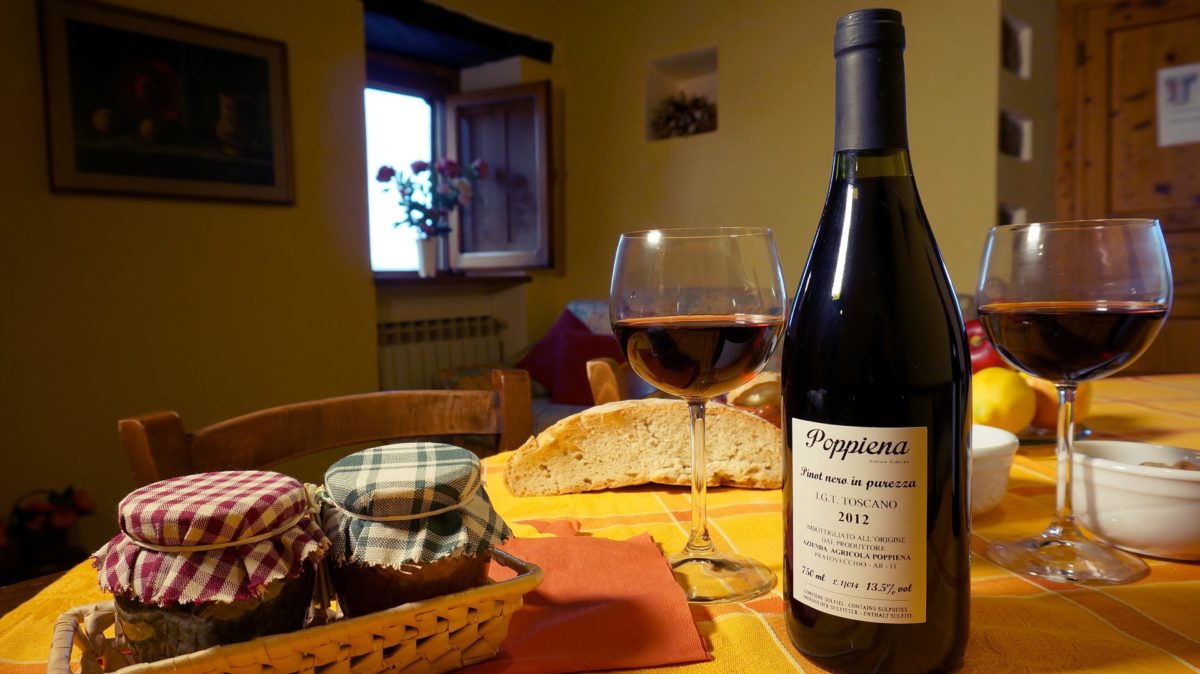After a long day at work or watching over a toddler, a bottle of wine will do the trick. You know the feeling—all you want to do is clear your head from the day’s worries while drinking from a bottle of red wine. However, have you ever wondered if you are drinking too much wine every day? And if so what are the effects of doing so? If you are that kind of person who averages one bottle of red wine a day, then keep reading.
Back in the old days, before the onset of sanitary water, beverages with alcohol content were the only way to go. They had numerous benefits such as preventing different types of infections and diseases. If you lived in the Roman Empire, it was pretty easy to drink a bottle’s worth of wine per day. But was it all healthy?
Researchers have found many health benefits to drinking red wine in moderation. The anti-oxidants are said to help prevent cancer, for example. But usually 2 glasses per day is the amount these studies are based on. By drinking in larger volumes are you compromising your health?
Everyone has different alcohol limits
Everyone knows that drinking in excess is bad for your health, but the exact amount that becomes too much can depend on many factors such as your weight, age, and genetic disposition for breaking down alcohol. Over one third of East Asians experience alcohol flush syndrome, which is an indication that their bodies can’t handle almost any amount of alcohol. If you experience similar effects, then one bottle of wine in a day is definitely too much, and even one glass may be pushing your luck.
For others, the World Health Organization has an online test you can take to see if you drink too much. The factors this test mostly considers is not the absolute amount that you drink, but rather the effect it has on your life and actions.
Is one bottle of wine too much?
For most people, consuming a full bottle of red wine on their own each night is going to be too much. Splitting a bottle with family and friends, or finishing off a bottle on your own on occasion isn’t necessarily so bad. But a whole bottle for yourself each and every day could be going overboard. Look carefully at how the rest of your life is being affected.
That being said, a moderate amount of red wine a day is not bad for you. Apart from preventing infections, red wine is famous for its antioxidants which are good for the heart. It prevents the formation of blood clots which are the number one cause of heart attacks and also helps in cholesterol reduction. Besides, it keeps you at lower risk of getting chronic diseases such as diabetes and even tuberculosis.
Just make sure you don’t go overboard since too much of something can be poison, and in this case, too much wine is not good for your liver and your health in general. Moreover, a dependence on alcohol can negatively affect your work and relationships.
If you live alone and still want to enjoy bottles of your favorite red or white wine, I recommend you get a good, small wine refrigerator with space for an opened bottle to be placed vertically. Then you can drink a couple glasses and re-cork the bottle to enjoy more the next evening. Most wines will do fine if refrigerated for 2-3 days after opening.
The key to enjoying wine—as in many things—is to practice moderation.




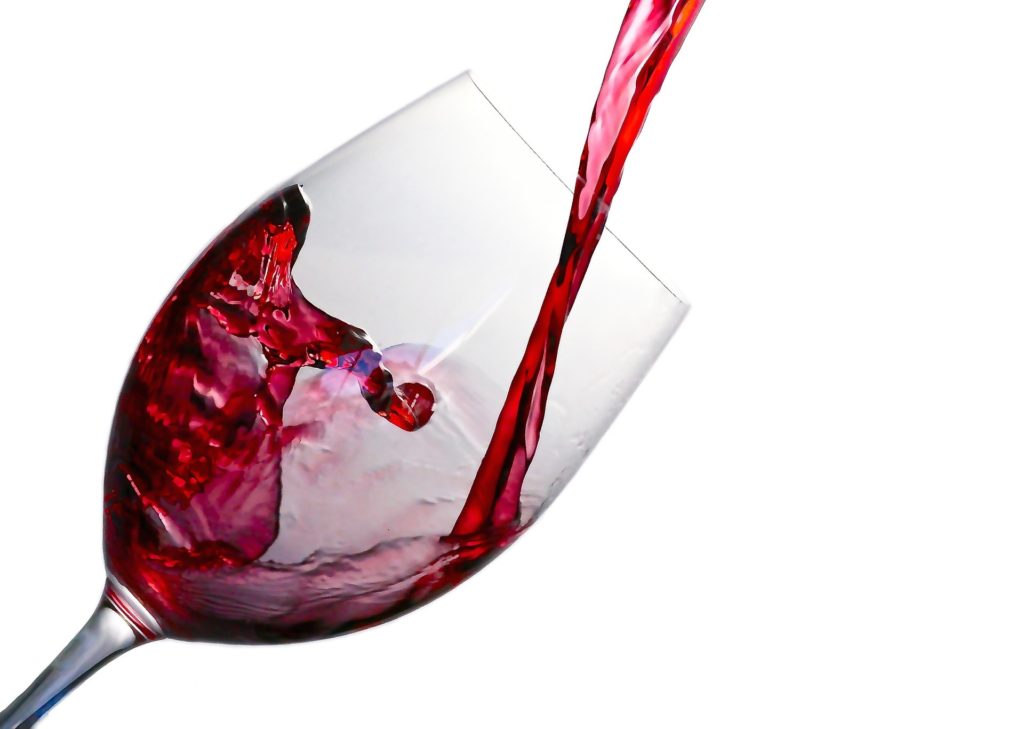

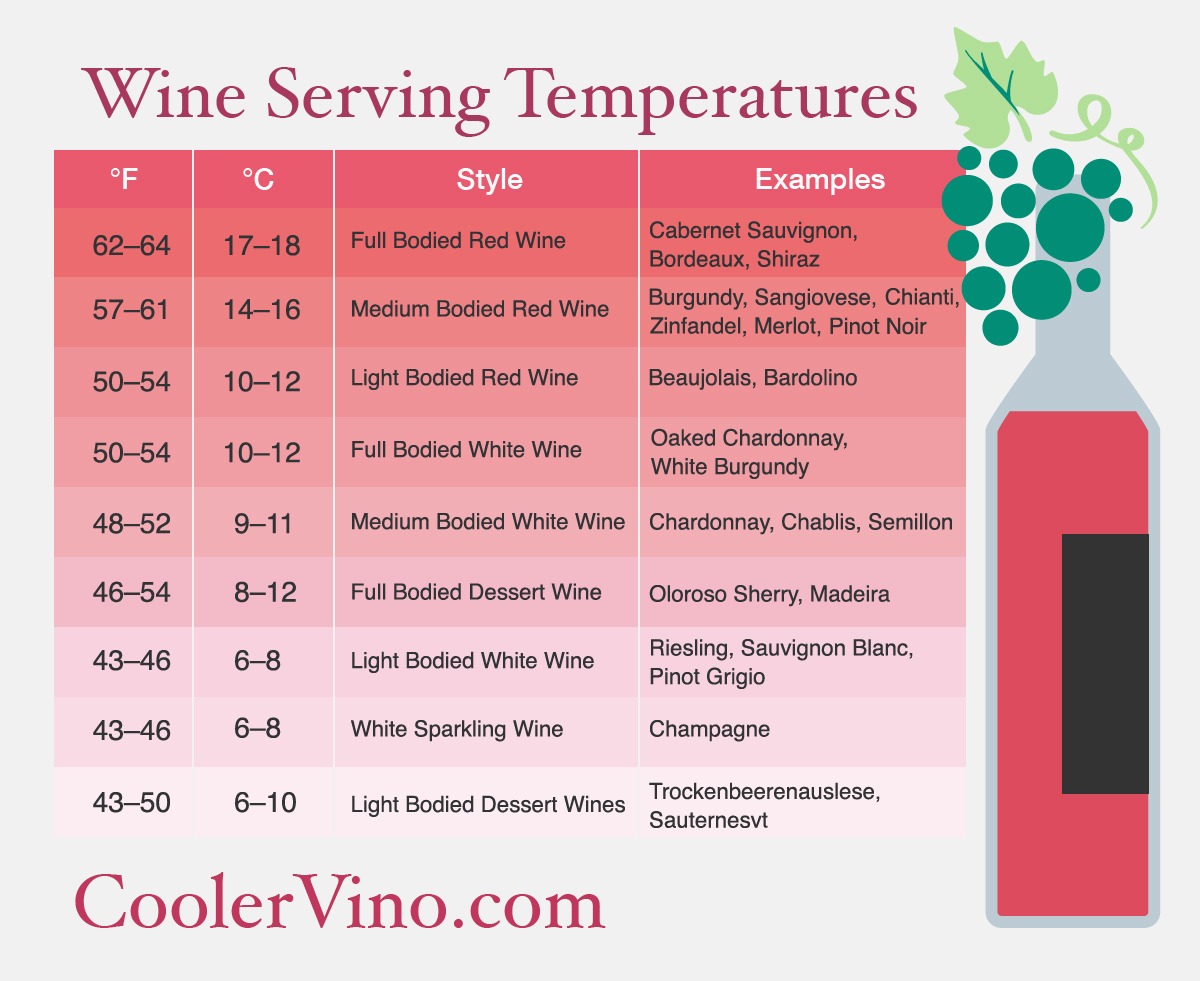
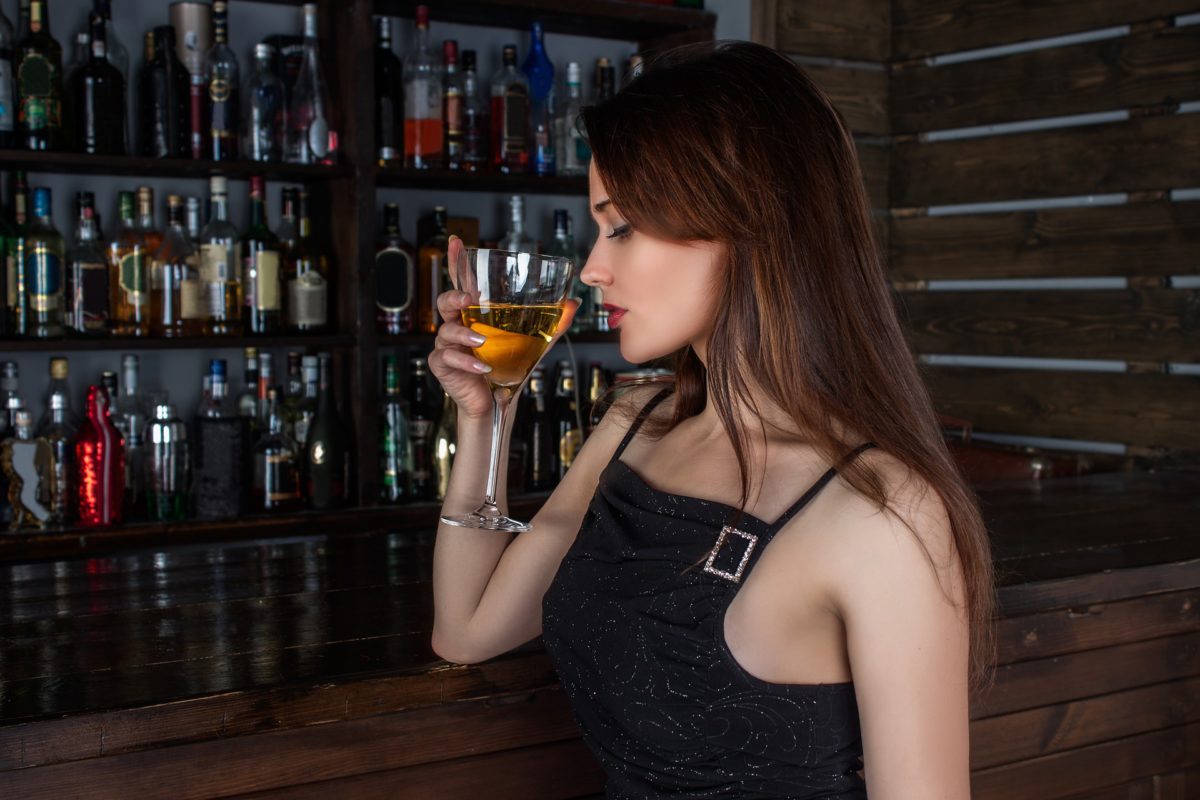
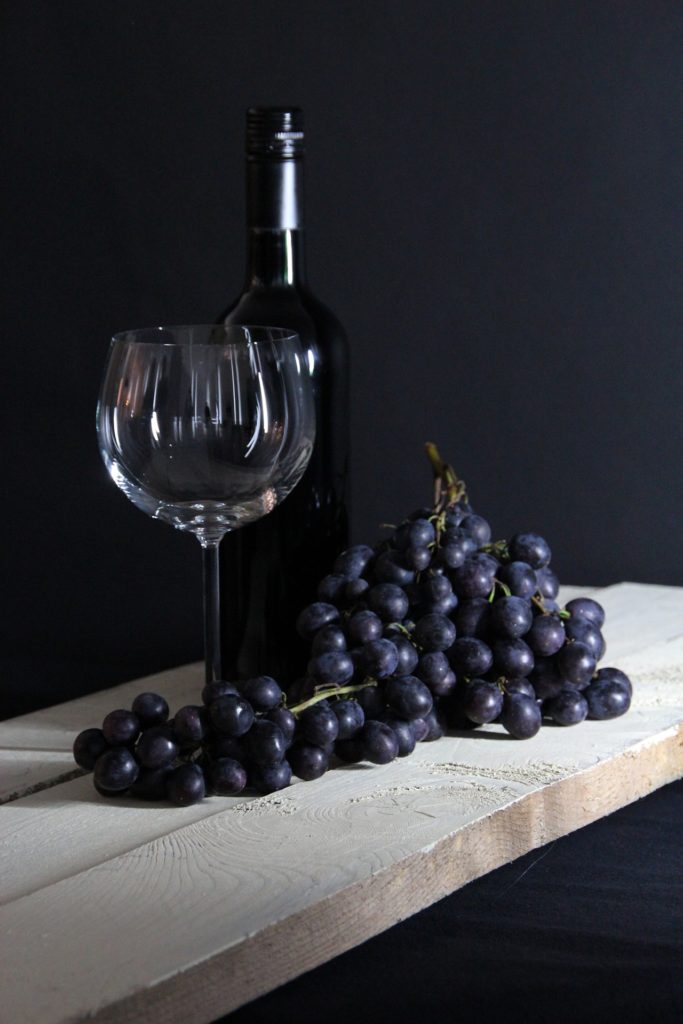 Let’s starting at one of the easiest places when it comes to wine: how it looks. You probably know that there’s
Let’s starting at one of the easiest places when it comes to wine: how it looks. You probably know that there’s 